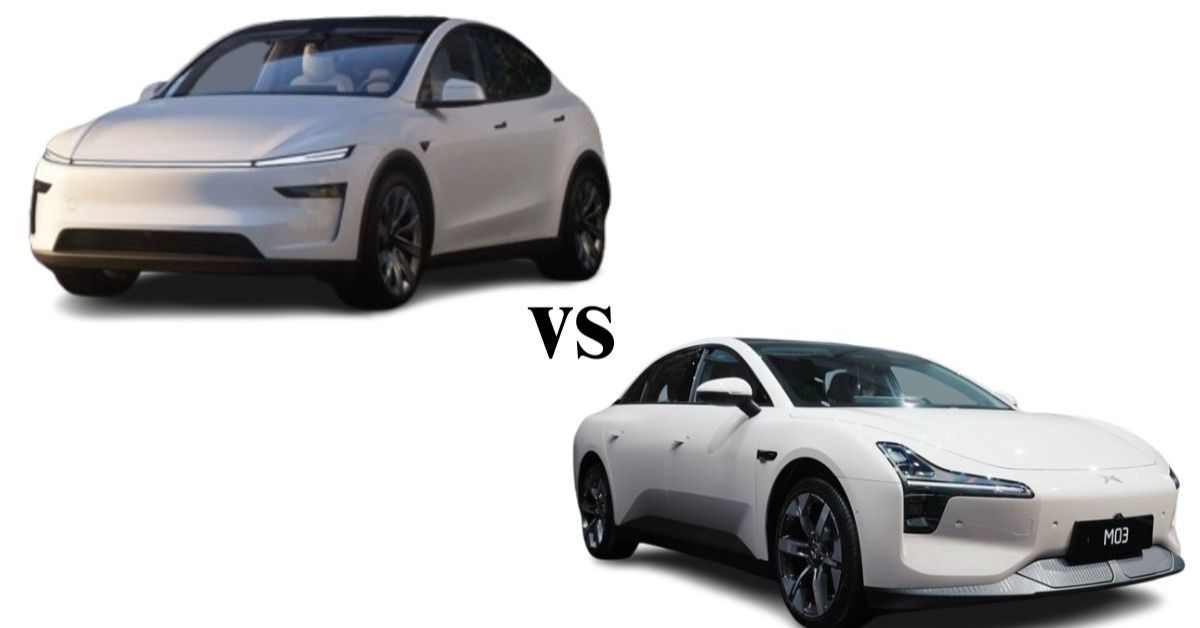Are Chinese Electric Cars Better Than Tesla? The answer isn’t a simple yes or no—it depends on what you value most in a car. Tesla has long been the benchmark for performance, technology, and battery range. But things have changed quickly, with Chinese carmakers investing heavily and innovating at a fast pace. Today, they offer a wide variety of EVs that rival Tesla in many ways, each bringing its own strengths and trade-offs compared to the Californian brand.
Why Chinese EVs Have a Pricing Advantage
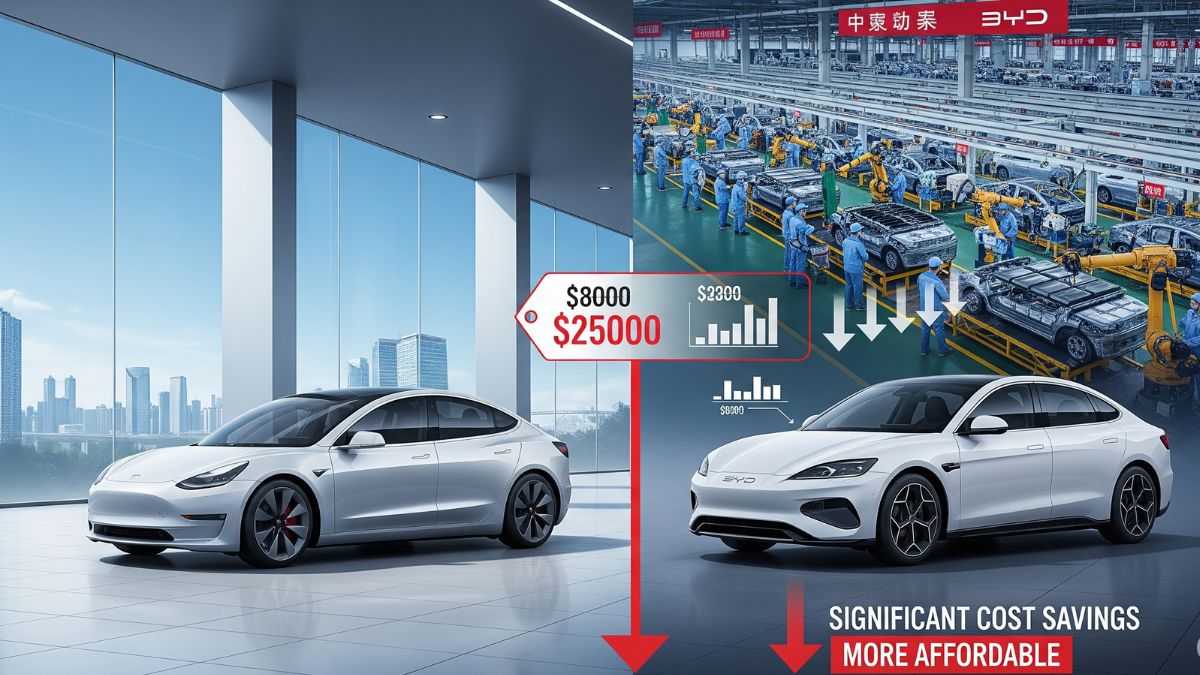
One of the biggest strengths of many Chinese EV manufacturers is their ability to offer competitive prices. In a market where cost is still a major hurdle for many buyers, these companies have managed to sell feature-packed electric cars at much lower prices. This is possible thanks to large-scale production, a well-developed domestic supply chain for batteries and components, and a strong push to capture market share.
While Tesla positions itself as a premium brand, companies like BYD focus on delivering high-quality yet affordable EVs that appeal to a much wider audience. Their emphasis on “value for money” makes EV ownership more accessible to more people. The fierce competition in China has even sparked price wars, leading to significant price drops that—despite reducing profit margins—ultimately benefit consumers.
How Chinese EVs Are Redefining In-Car Technology
Beyond affordability, Chinese electric cars are making big strides in in-car technology and the overall user experience. While Tesla is known for its minimalist interiors and large central touchscreen, many Chinese EVs take things a step further. They pack in a variety of “smart” features—like advanced voice controls, built-in karaoke, rich entertainment systems, and seamless mobile device integration—turning the car into more of a “rolling smartphone” than just a mode of transport. This tech-focused approach appeals strongly to younger, tech-savvy buyers who expect their car to be as connected and intuitive as their phone.
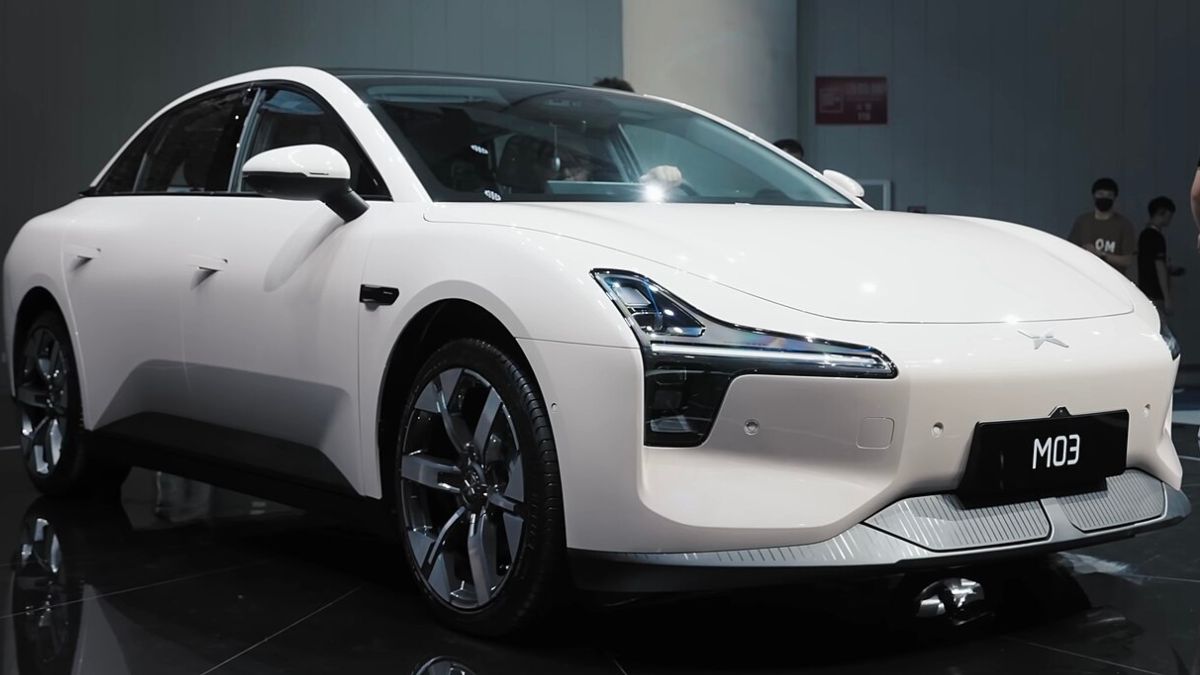
Brands like XPeng are also investing heavily in advanced autonomous driving and AI-powered navigation systems, aiming to make their vehicles smarter and easier to use. While Tesla’s software is still praised for its over-the-air updates and smooth interface, Chinese brands are often seen as ahead in offering a wider range of innovative in-car features and fresh ideas that enhance the driving experience.
Where Tesla Still Has the Upper Hand

Tesla still leads in some important areas, with its charging infrastructure being a major advantage. The global Tesla Supercharger network is extensive, reliable, and offers a seamless “plug-and-charge” experience that gives drivers peace of mind—something many other EV owners don’t yet enjoy. While Chinese companies are quickly expanding their own networks and third-party chargers are becoming more common, Tesla’s setup remains unmatched, especially for long-distance travel where fast and dependable charging is crucial. On top of that, even though Chinese brands are catching up in battery technology and range, Tesla’s long-standing expertise in battery management and efficiency continues to deliver excellent real-world range performance.
The Battery Technology Battle
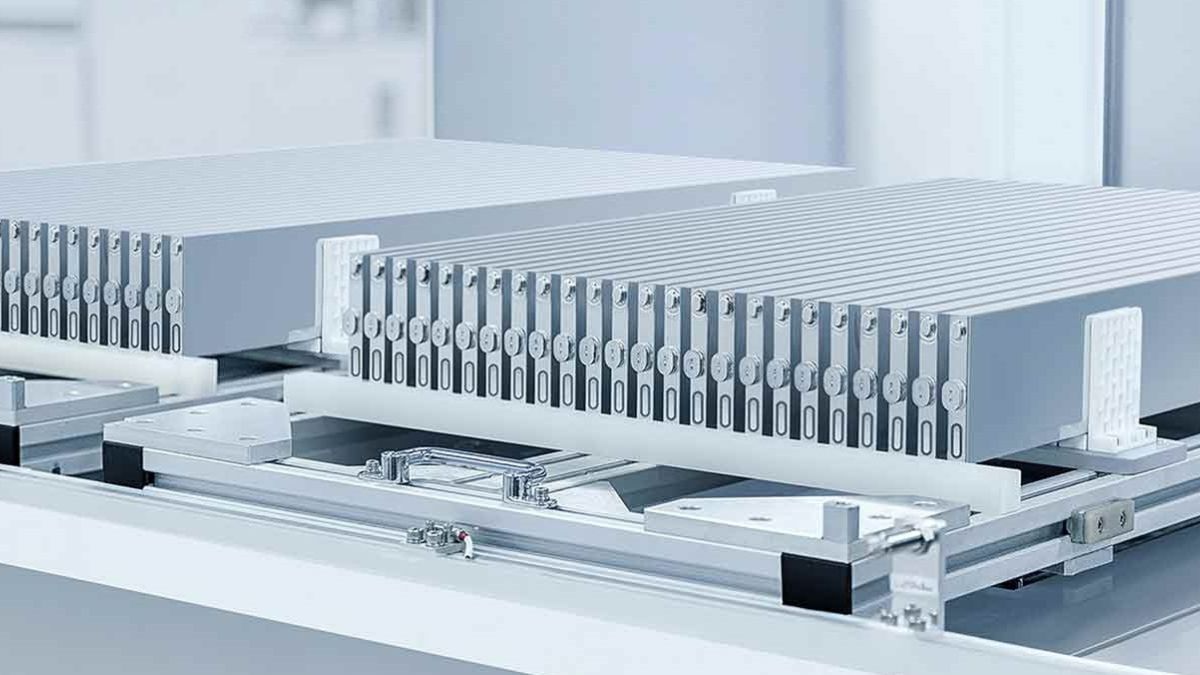
Battery technology is another key area of competition. Chinese battery giant CATL, which supplies many automakers, and BYD with its “Blade Battery,” are leading the way in developing Lithium Iron Phosphate (LFP) cells. These batteries are valued for their safety, long lifespan, and use of more common materials, which helps lower both costs and environmental impact. Tesla also uses LFP cells in some models, but it has mainly focused on nickel-cobalt-based batteries, which offer higher energy density for more range in a smaller, lighter design. This difference highlights a clear contrast: Chinese companies often prioritize safety, affordability, and durability, while Tesla has traditionally aimed for maximum performance.
Different Strategies for Global Expansion
Tesla built its brand and technology from the start with a global audience in mind, while Chinese automakers focused first on dominating their home market before looking overseas. Now, brands like BYD are expanding into Europe, Australia, and parts of Asia, offering competitive prices and a wide range of vehicles. They’re adapting to local markets—sometimes through partnerships—and even setting up factories in other countries to avoid trade barriers and serve customers better. This move beyond their home turf shows they’re no longer aiming to be just regional leaders—they’re chasing global success.
Chinese EVs vs Tesla: Which Is Better?
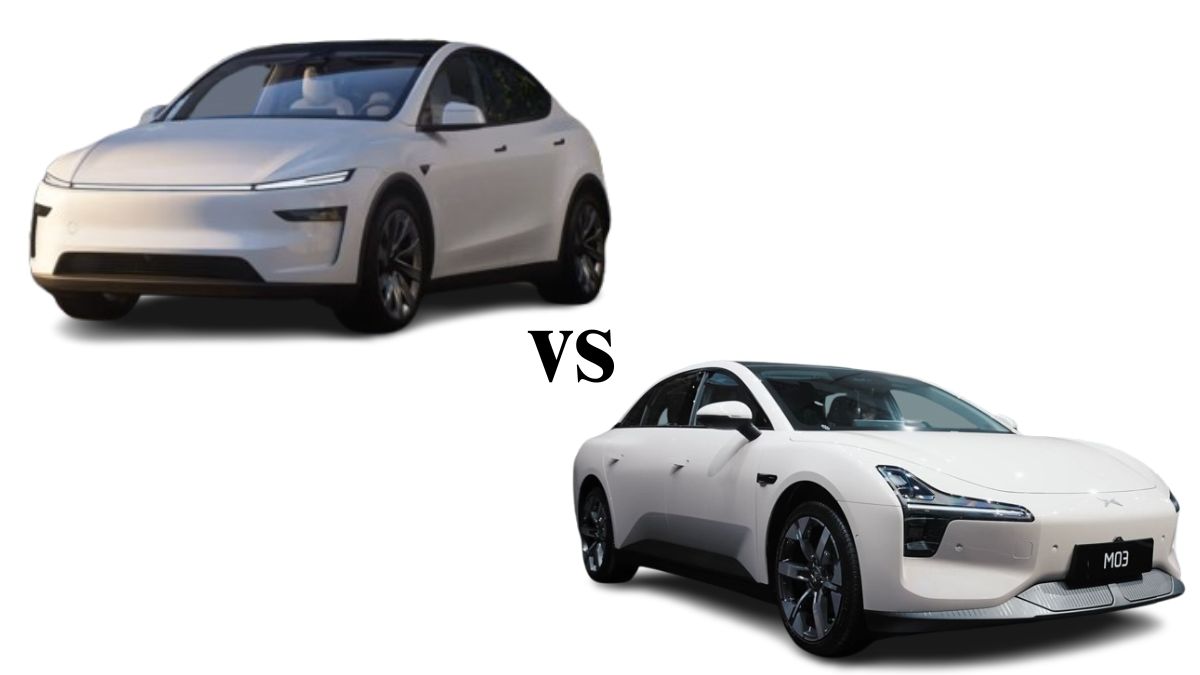
In the end, deciding whether Chinese EVs are “better” comes down to personal preference and what you value most in a car. If you’re looking for an affordable option with plenty of features, a tech-rich interior, and strong in-car entertainment and connectivity, a Chinese EV could be the better pick. These cars are changing expectations by offering impressive value for the price.
On the other hand, if your priority is long-range efficiency, proven performance, and access to one of the best charging networks in the world, Tesla remains a strong choice. The intense competition between Tesla and Chinese automakers is a big win for buyers everywhere, as it drives faster innovation, adds more features, and helps lower prices. This has created a more exciting and diverse EV market than ever before.

